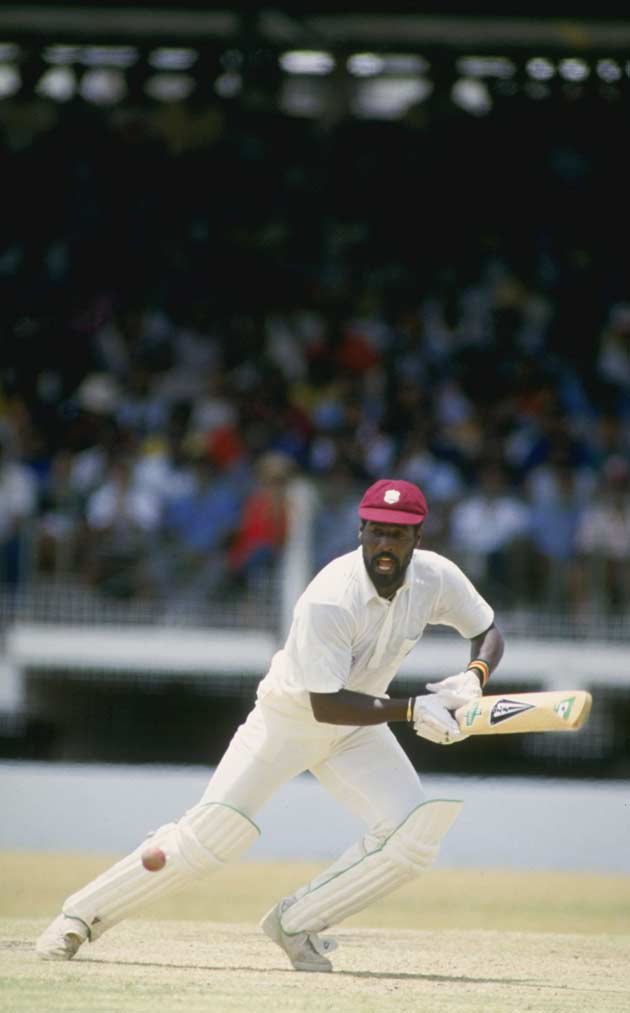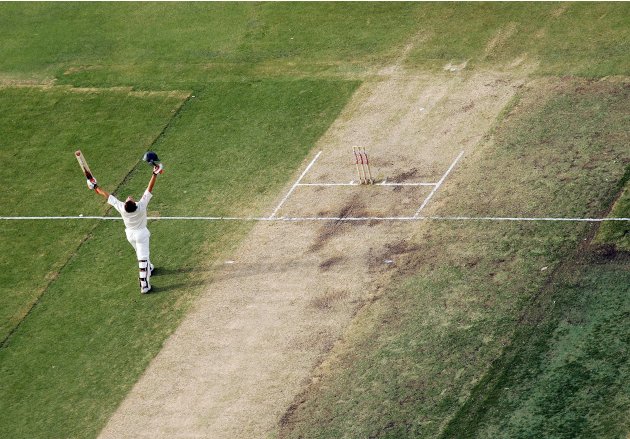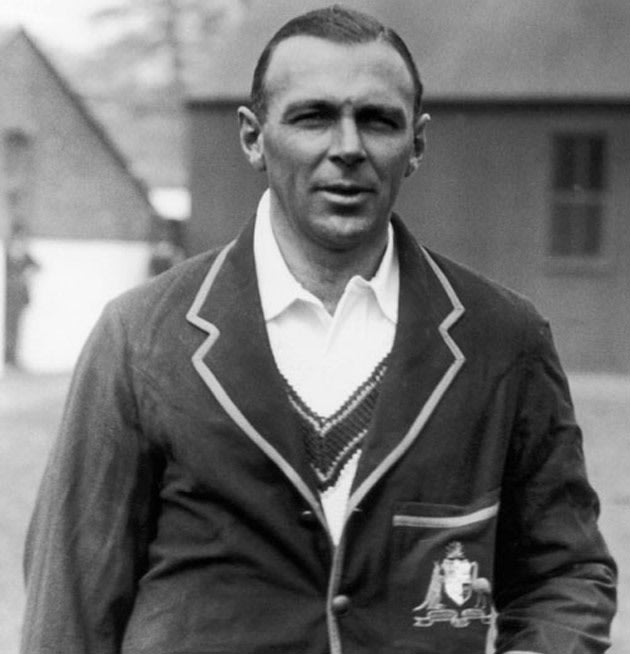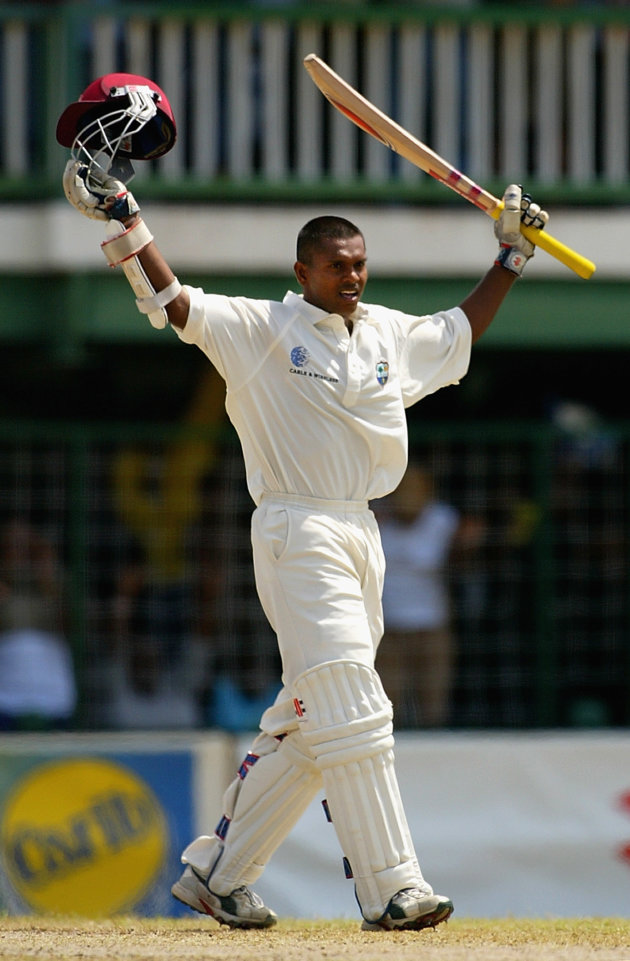Vivian Richards of the West Indies holds the record for the fastest Test century. On april 15, 1986, Against England in the Antigua Test, Richards made a 56-ball ton, (110 not out, 58b, 7x7, 7x6), helping his team complete a 5-0 sweep.
Australia's wicketkeeper Adam Gilchrist (57 balls; against England, Perth, December 16, 2006). He made 102* (59b, 12x4, 3x6) overall. Gilchrist revealed in his autobiography that he was contemplating Test retirement before this game.EmailPrintMost PopularAustralia show India how it's done

Australia's wicketkeeper Adam Gilchrist (57 balls; against England, Perth, December 16, 2006). He made 102* (59b, 12x4, 3x6) overall. Gilchrist revealed in his autobiography that he was contemplating Test retirement before this game.
.
Australia's Jack Gregory made a 67-ball hundred against South Africa in Johannesburg, November 12, 1921. The record would stand till Richards broke it in 1986.
.


Australia's wicketkeeper Adam Gilchrist (57 balls; against England, Perth, December 16, 2006). He made 102* (59b, 12x4, 3x6) overall. Gilchrist revealed in his autobiography that he was contemplating Test retirement before this game.
.

Australia's Jack Gregory made a 67-ball hundred against South Africa in Johannesburg, November 12, 1921. The record would stand till Richards broke it in 1986.
.

Shivnarine Chanderpaul of the West Indies scored hundred in 69 balls against Australia, April 10 2003 in Georgetown. West Indies were 4-47 when he came out to bat. The innings couldn't prevent a defeat.

Australian opener David Warner equalled Chanderpaul as the fourth-fastest Test centurion. He made his hundred off 69 balls against India on January 13, 2012 in Perth.EmailPrintMost PopularAustralia show India how it's done





 Bakelite Telephone
Bakelite Telephone
